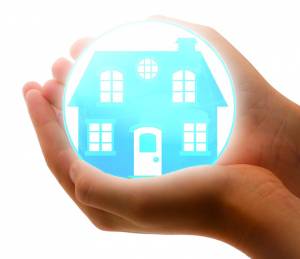The long-term care industry is in the beginning of major changes, as the giant Baby Boomer demographic begins to age and require assistance with daily activities. This presents new demands of the industry and new challenges for families as they struggle to balance everything – caregiving, careers, and their own children.
Senior Population Increase
How big will that demographic be? According to some estimates, by 2060, 24%, or almost 1 out of every 4 Americans will be considered elderly. That’s up from 15% currently. The number is incredibly high due to several factors. The baby boomers who flooded the workforce in the 1970s are now converging on the elder care industry. The first Boomers turned 65 in 2011 and 10,000 more will reach that age every year until the demographic ends in 2029. Improvements in medicine, exercise, and nutrition mean they’re living longer, more active, and better lives and don’t want to spend time sitting quietly in a room. They still want to contribute to society.

Increased Demand for Home Care
The top priority for seniors is staying in their homes as long as possible. They may not want to stay in the family home; they may choose to downsize or move to a different area, but remaining independent is the goal. This is the best plan for everyone, as well as the most economical. It can be accomplished long-term with assistance from home care agencies as needed, rather than forcing someone to move. Of the Americans who receive some kind of help with their care, 80% live in private homes and not in some kind of facility.
According to a June 2017 survey of over 15,000 respondents by Carescout, the cost of long-term care is rising much faster than inflation. Costs are expected to rise by 3% over the next 5 years, while inflation is roughly 1.9%. Living at home with the assistance of a home health care aide is the most cost-effective solution to long-term care needs. A homemaker service averages close to $48,000 per year, with a 3% annual growth over 5 years. A home healthcare aide’s salary averages about $49,000 per year, with the same 3% annual growth over 5 years. In contrast, a semi-private room in a nursing home costs well over $85,000 per year, with the 3%/5 year annual growth. A private room in a nursing home is over $97,000 per year, with a 4% annual growth over 5 years.
Types of Home Care Assistance
The Centers for Disease Control’s (CDC) National Health Statistics Report says that the most popular types of home care assistance for people 65 and older are nursing and physical therapy, followed by homemaking. According to the report, the percentages are as follows:
- Skilled nursing personnel – 84%
- Physical therapy – 40%
- General assistance with daily living – 37%
- General assistance with homemaking, such as cleaning, overall home care, and maintenance – 17%
- Occupational therapy – 14%
- Wound care – 14%
- Nutrition and dietary counseling – 14%
Home Care from Assisting Hands
Medicare assists with paying for home health care. It covers a variety of senior and elder care services, including skilled nursing services and home health services for up to 7 days a week and no more than 8 hours per day for a total of no more than 28 hours per week.
Seniors who need assistance with at least 3 daily activities, such as dressing, bathing, and eating, receive an average of 9 hours of assistance per day, through a combination of professional and familial care. Seniors aged 85 and older who live at home or in community living facilities receive an average of 11 hours of daily assistance.
Get a Free Consultation
If you need home care services for yourself or a loved one, give us a call at (847) 796-6685 to schedule a free consultation to discuss how we can help.
